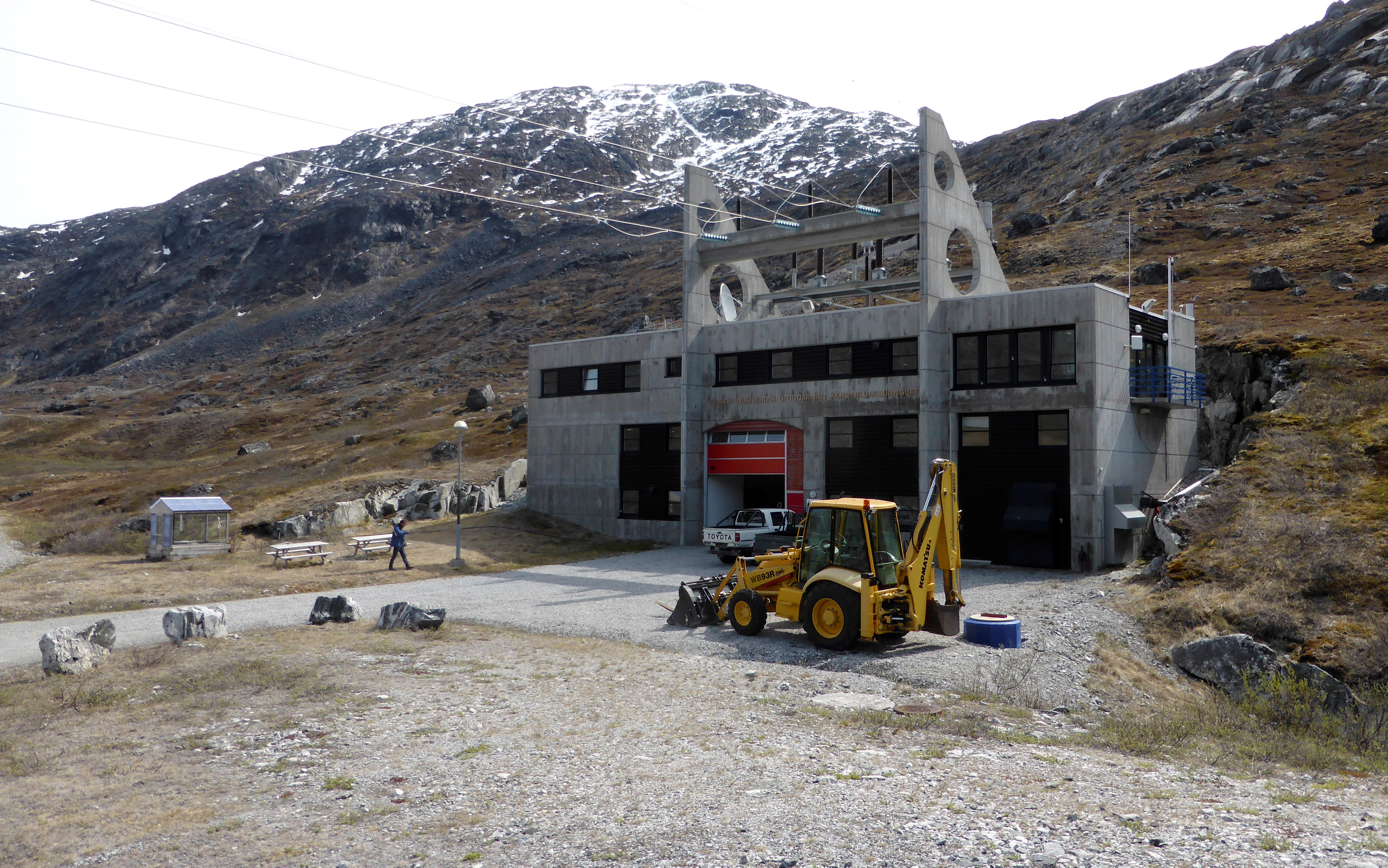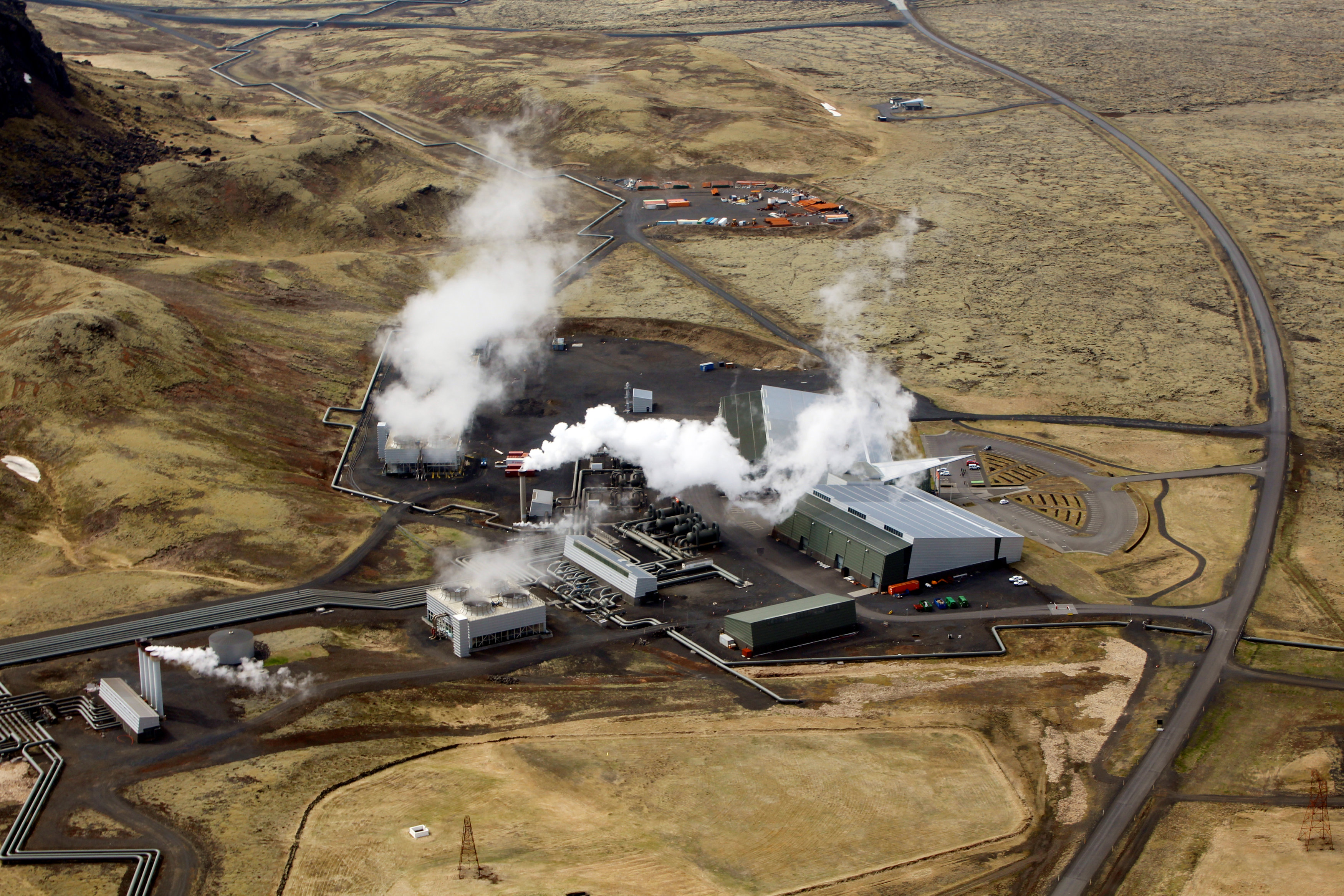Arctic renewable energy could power Europe, boost regional economies
The north could become the “green battery” for Europe through an integration into the European energy market, says Hallstein Havåg of the environmental organization Bellona. “This could help us save the Arctic by decarbonizing our energy systems.” It could also boost the economic development of Arctic countries.
Nordic countries have a great potential for renewable energy systems, for instance the Faroese Islands for wind energy. Havåg, Director of Policy and Research at Bellona, also points to Norway and Iceland, which have developed hydroenergy and produce large amounts of renewables, exporting their surplus energy into the world.

Hydropower opportunities in Greenland
Denmark’s import of this clean energy from Norway has allowed the country to go source most of its energy from renewable energy. According to Havåg, Greenland also has a great potential for hydroenergy due to its ample water resources.
During the Arctic Circle Assembly from Oct. 7 to 9 in Reykjavik, Iceland, Havåg discussed renewable energies in the Arctic with Angus MacNeil, MP and Chair of Select Committee on Energy and Climate Change in the United Kingdom; Ragnheiður Elín Árnadóttir, Iceland’s Minister of Industry and Commerce; and Bogi Bech Jensen, Professor of Energy Engineering.
Iceland’s vision: 100 percent renewables
Not only is it beneficial, but “it is economically necessary to pursue a clean energy agenda,” says Ragnheiður Elín Árnadóttir, Iceland’s Minister of Industry and Commerce.
In the 1970s at the height of the oil crisis, Iceland’s politicians made the bold decision to develop geothermal energy.
Today, it has become a strong pillar of the economy and everyday life in Iceland, from which the country benefits enormously. As a result, the proportion of space heating from non-renewable energy has decreased from 50 percent to about 1 percent. “And this could also be the story of the Arctic,” Árnadóttir adds.

Arctic as showcase for renewables
Today, it is known how to get to 100 percent renewables and Árnadóttir’s vision for Iceland is to become the first country to obtain all of its energy consumption from renewable sources. To achieve this, the focus should be on innovation, research and development of renewable energy.
“Always remember that the Arctic has historically been bountiful in renewable and non-renewable energy,” says Árnadóttir. “And the Arctic should be a region that other countries look to in developing renewable energy.”
Creating an international network
The North Atlantic Energy Project investigates how isolated energy systems in the North Atlantic can be connected and Norway and Greenland to create a renewable energy network and has allowed an enormous exchange of knowledge between regions. One area of research has been on how to connect the UK and Iceland. Eight reports on different issues have been presented and made publicly available. In talks with the UK government, no decision has been made yet, but a lot of uncertainties were eliminated.
Russia underrepresented
A comment from the audience at the Arctic Circle Assembly reminded that Russia, which represents half of the Arctic’s land mass, was underrepresented at the conference and should be included in the decision-making on renewable energies.
It was also pointed out that there is a lack of interaction between the oil and gas industry and renewable energies.